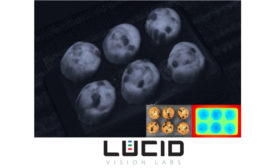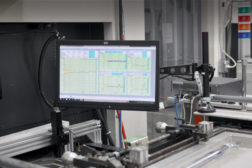Home » Keywords: » real-time monitoring
Items Tagged with 'real-time monitoring'
ARTICLES
Software
Safety and compliance in manufacturing touches nearly every aspect of the business.
Read More
Why Pre-Build Calibration is Critical to Part Quality for Metal Additive Manufacturing
Measure twice, weld once.
October 5, 2020
Demystifying the Digital in Quality Management
Initial efforts at digital transformation uncover just how dependent many manufacturers are on manual updates to reports, spreadsheets, and schedules.
March 15, 2020
Sponsored Content
Time of Flight Gets Precise: Enhanced 3D Measurement With Sony® DepthSense® Technology
July 1, 2019
Case Study
Total Quality Management
Total quality management software provides a centralized quality hub.
February 1, 2013
EVENTS
Get our new eMagazine delivered to your inbox every month.
Stay in the know with Quality’s comprehensive coverage of the manufacturing and metrology industries.
SIGN UP TODAY!Copyright ©2024. All Rights Reserved BNP Media.
Design, CMS, Hosting & Web Development :: ePublishing




